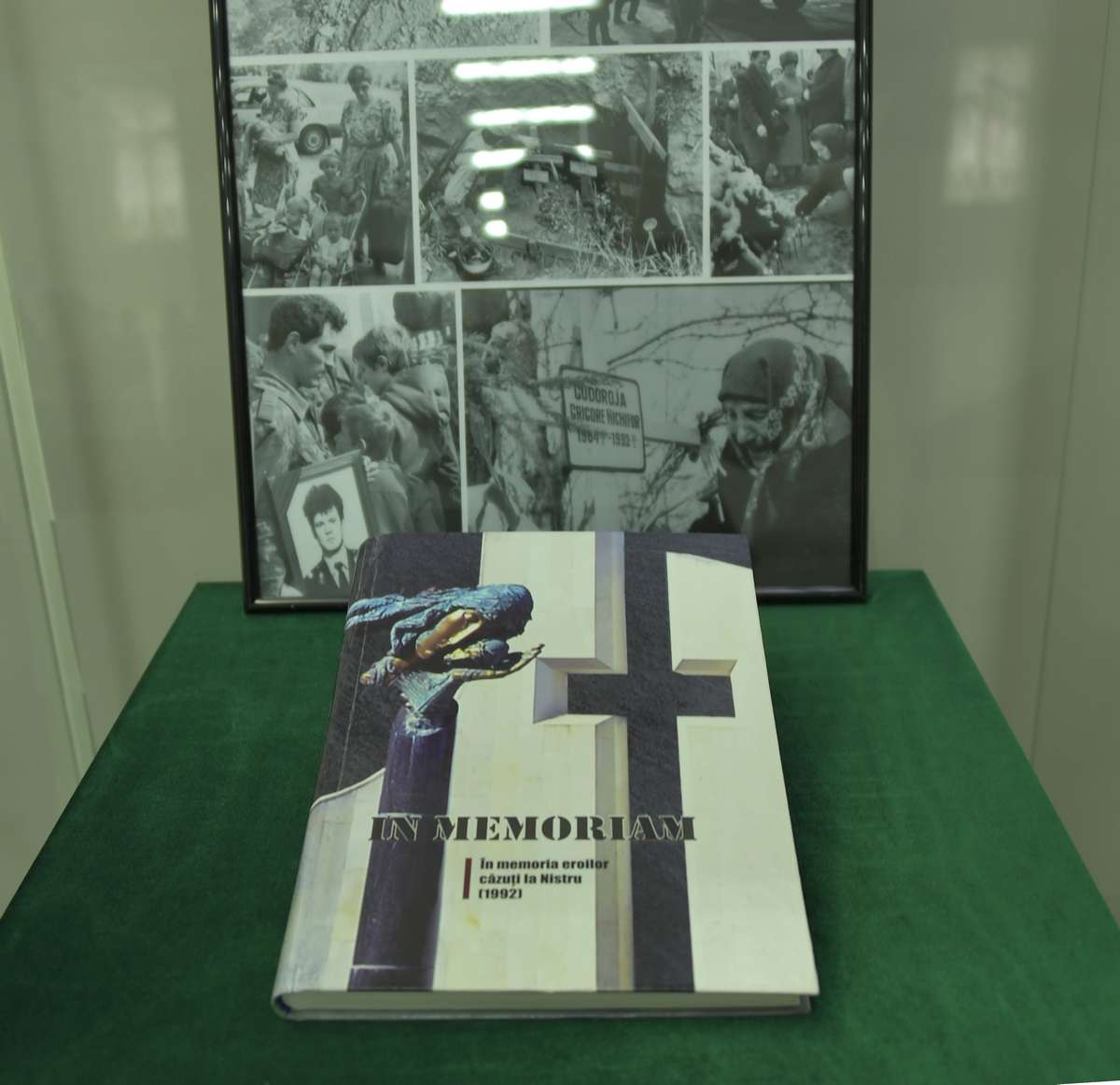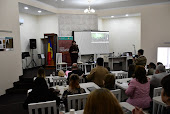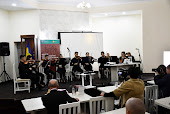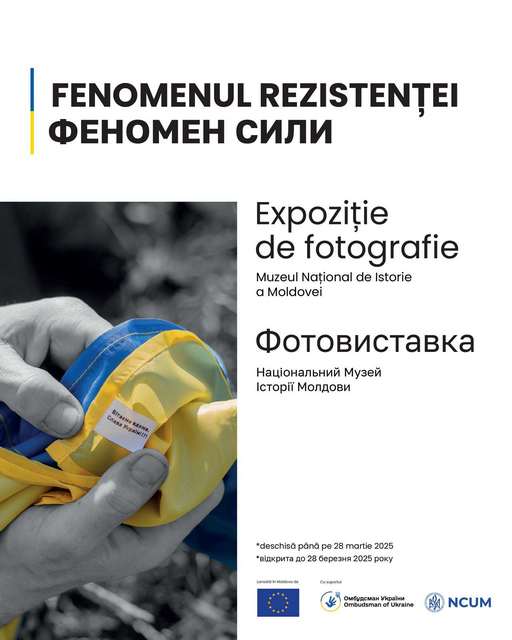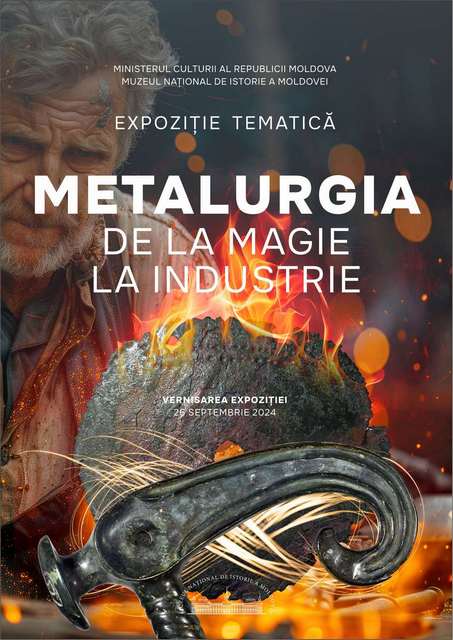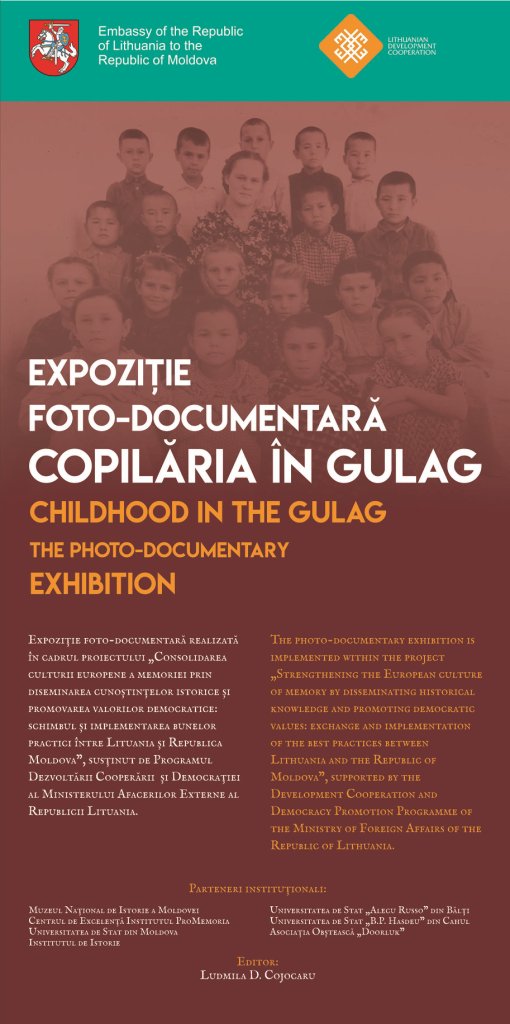 The Museum of Victims of Deportations and Political Repressions (a branch of the National Museum of History of Moldova) in cooperation with the Embassy of the Republic of Lithuania organized on April 1, 2022, at 14:00, the opening of the photo-documentary exhibition "Childhood in the Gulag" at the Museum of History, Ethnography and Art in Drochia (16 Strugurilor Street), with on-site and online presence.
The Museum of Victims of Deportations and Political Repressions (a branch of the National Museum of History of Moldova) in cooperation with the Embassy of the Republic of Lithuania organized on April 1, 2022, at 14:00, the opening of the photo-documentary exhibition "Childhood in the Gulag" at the Museum of History, Ethnography and Art in Drochia (16 Strugurilor Street), with on-site and online presence.
The exhibition brings together about 180 photo-documentary images, accompanied by memoirs and archival documents from the collections of the National Museum of History of Moldova, the Edineț Regional Museum, the Soroca Museum of History and Ethnography, the Archive of the ProMemoria Institute, archives of memory societies from the villages of the Republic of Moldova and especially from the family archives of the victims of the totalitarian-communist regime in the Moldavian SSR.
H.E. Kęstutis Kudzmanas, the Ambassador of the Republic of Lithuania to Chișinău made a welcoming speech at the opening of the exhibition. Ms. Rodica Lozovan, the representative of the Culture, Tourism, Youth and Sports Directorate spoke on behalf of the local authorities. Mr. Dumitru Postovan on behalf of the Drochia Museum of History, Ethnography and Art addressed all participants with the invitation to visit the exhibition from April 1 to 27. Dr. Ludmila Cojocaru, Head of the Museum of Victims of Deportations and Political Repressions, presented to the audience the concept and the main compartments of the photo-documentary exhibition.
The exhibition was accompanied by a round table moderated by Dr. Virgiliu Bîrlădeanu, Head of the Modern History Department at the Institute of History. The round table was attended by representatives of regional museums, students of the Alecu Russo State University Bălți and the State University of Moldova, as well as victims of deportations and political repressions in the Moldavian SSR.
The event ended with a classical music concert in memory of the victims of Stalinist deportations and repressions, as well as the recent child victims of the war in Ukraine.
The photo-documentary exhibition "Childhood in the Gulag" is realized within the Project "Strengthening the European culture of memory by disseminating historical knowledge and promoting democratic values: exchange and implementation of the best practices between Lithuania and the Republic of Moldova" (VB52-1), with the support of The Development Cooperation and Democracy Promotion Program of the Ministry of Foreign Affairs of the Republic of Lithuania.




